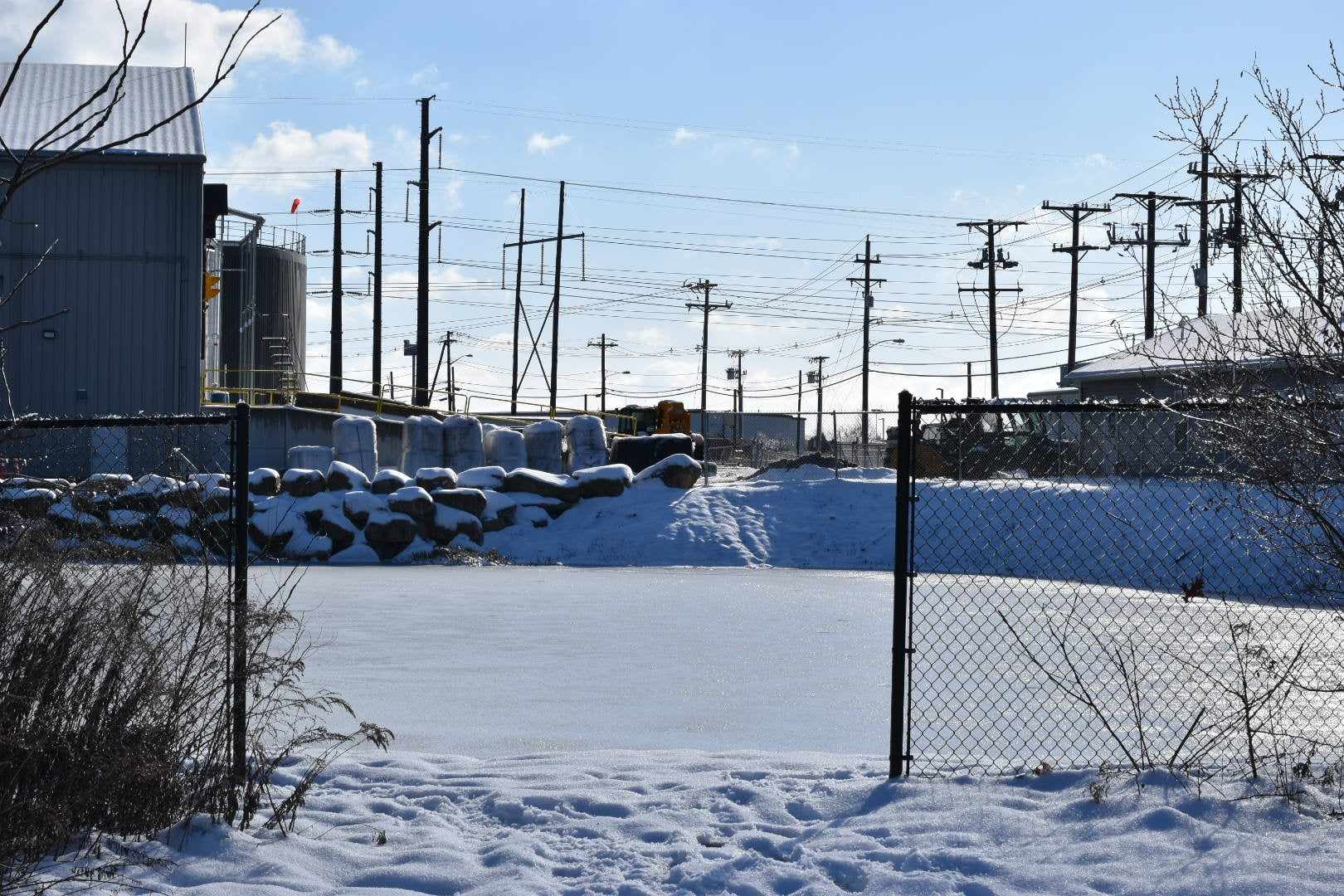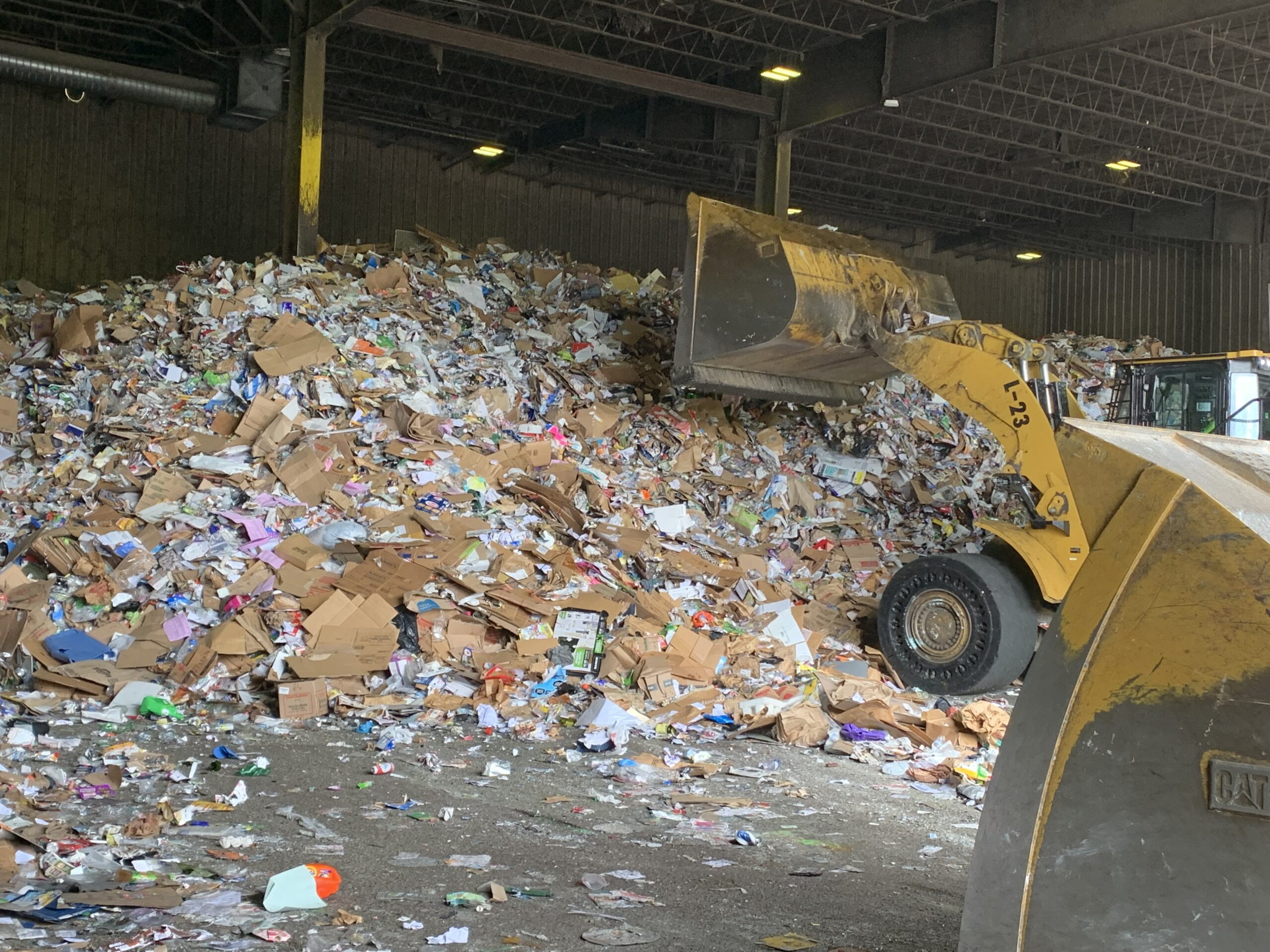Landfill Odors Overpower Thanksgiving
December 1, 2011
JOHNSTON, R.I. — It wasn’t a great Thanksgiving weekend at the Central Landfill. Equipment failure apparently allowed high levels of a noxious gas to escape from the trash disposal area, resulting in a slew of odor complaints from neighbors.
Rhode Island Resource Recovery Corporation (RIRRC) director Michael O’Connell explained at the Nov. 30 monthly meeting of the board of directors that the machinery has been repaired and a long-term plan to improve the methane vacuum system and other upgrades would start ahead of schedule.
RIRRC board members, who have been inundated with complaints, pressed O’Connell to explain why the odor problems became so pervasive in October and November.
“I’m getting it from all angles,” said Michael Sabitoni, a local board member. “If people didn’t know (I) was a commissioner, they do now.”
O’Connell said a “combination of a lot of different problems” were to blame for the excessive odors: a reduced level of fresh waste to cover the exposed, decomposing portion of landfill; an overloaded water drainage system; and an underpowered methane vacuum system. Plans to fix the problems were expected to be addressed before the odor problem worsened, he said, noting that the upgrades are underway and should be mostly completed soon.
“We saw it coming, (but) didn’t react fast enough,” said RIRRC operations director Brian Card, who oversees the dumping and engineering of the mountain of waste.
Card and O’Connell explained that previous managers of the landfill may have had a hand in the problem by greatly overestimating the size of the open, active face of the landfill, known as Phase 5. The large, 75-acre “uncapped” region therefore allows more noxious gases such as sulphur to escape. The size of the area was too large even before the economic downturn cut the waste brought to landfill from 1.2 million to 700,000 tons a year, they said.
The costs of accelerating the upgrades, including dumping an 8- to 10-inch layer of soil over the area, will run between $2 million to $2.5 million, O’Connell said. Some 23 wells to draw off the added methane are also being drilled. Some of the gas will be flared, or burned, but most of the gas is piped to a nearby power plant.
The state Department of Environmental Management (DEM) has been called in to monitor the odor crisis. O’Connell described the odor as “very objectionable” but not harmful. An air-quality assessment is expected to be conducted Dec. 9.
“We are convinced there is no health issue here. It’s a health nuisance,” he said.
RIRRC officials said an usually high sulphur content at the landfill could be to blame for the potency and ability for the smell to travel long distances.
O’Connell agreed with board member Sheila Dormody’s suggestion that a planned waste-composition analysis also start ahead of schedule.
Odor complaints have mostly been from residents in Johnston and Cranston, O’Connell said. Board members noted that complaints were also coming from Scituate, North Smithfield and North Providence.
In 2009 and 2010, O’Connell said, RIRRC received no more than eight complaints each year. In October, complaints jumped to 60. The calls swelled to several hundred in November, he said. “I quit counting it was so many.”
“The patience of everyone is running out,” O’Connell said of the neighbors he has spoken to. “I understand their anger and frustration.”
Board chairman Douglas Jeffrey of Johnston agreed. “This has been more than a little stone in our shoes, it’s a brick in our shoes.”
Categories
Join the Discussion
View CommentsRecent Comments
Leave a Reply
Your support keeps our reporters on the environmental beat.
Reader support is at the core of our nonprofit news model. Together, we can keep the environment in the headlines.
We use cookies to improve your experience and deliver personalized content. View Cookie Settings




I never notice the smell when there are reports of complaints, but recently I could smell it just driving on 295 with my windows up! It must be terrible for residents. Michael O'Connell has in the past been on top of his game at RIRRC, so I have no doubt that he can handle this – and hopefully quickly!